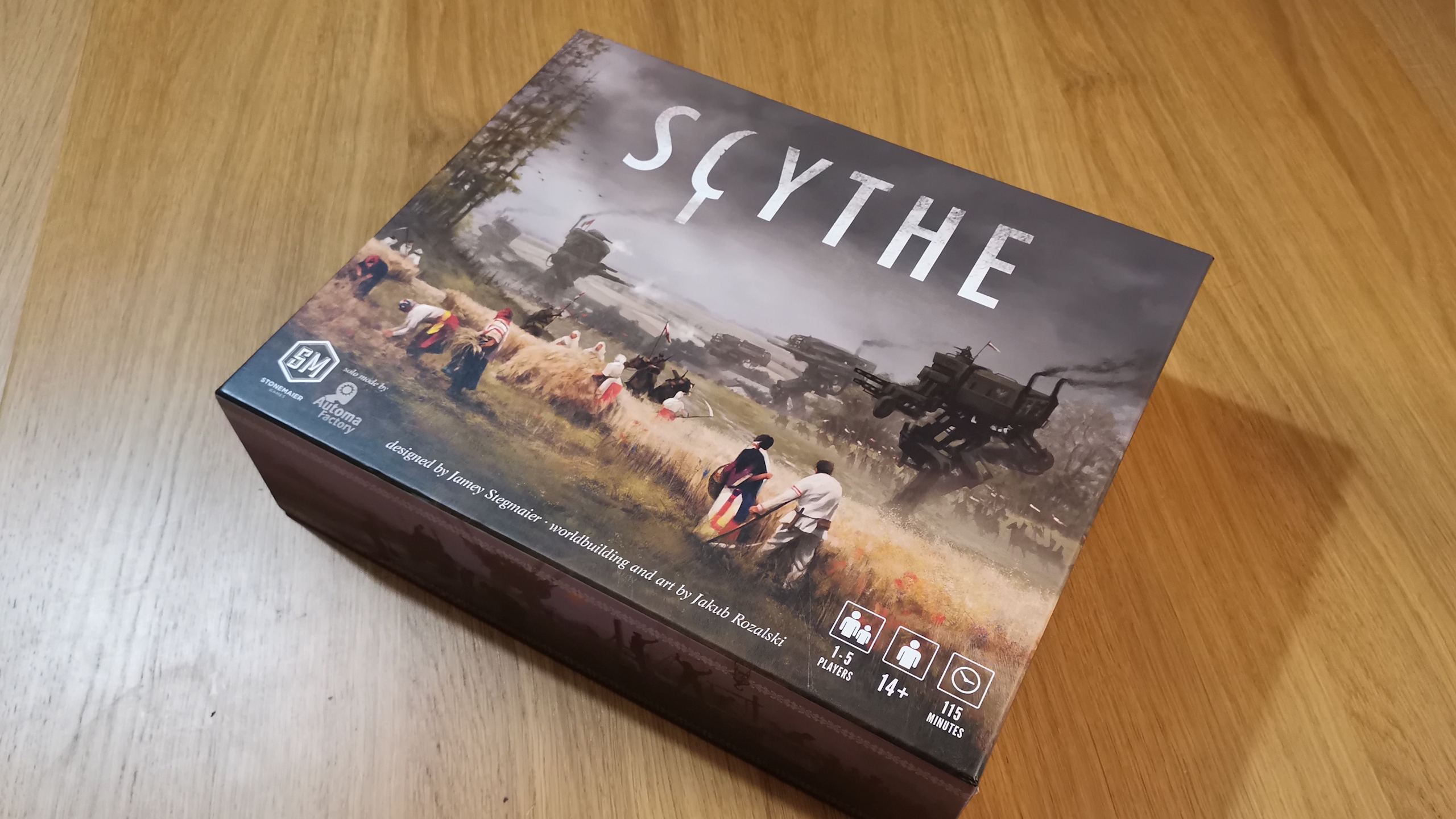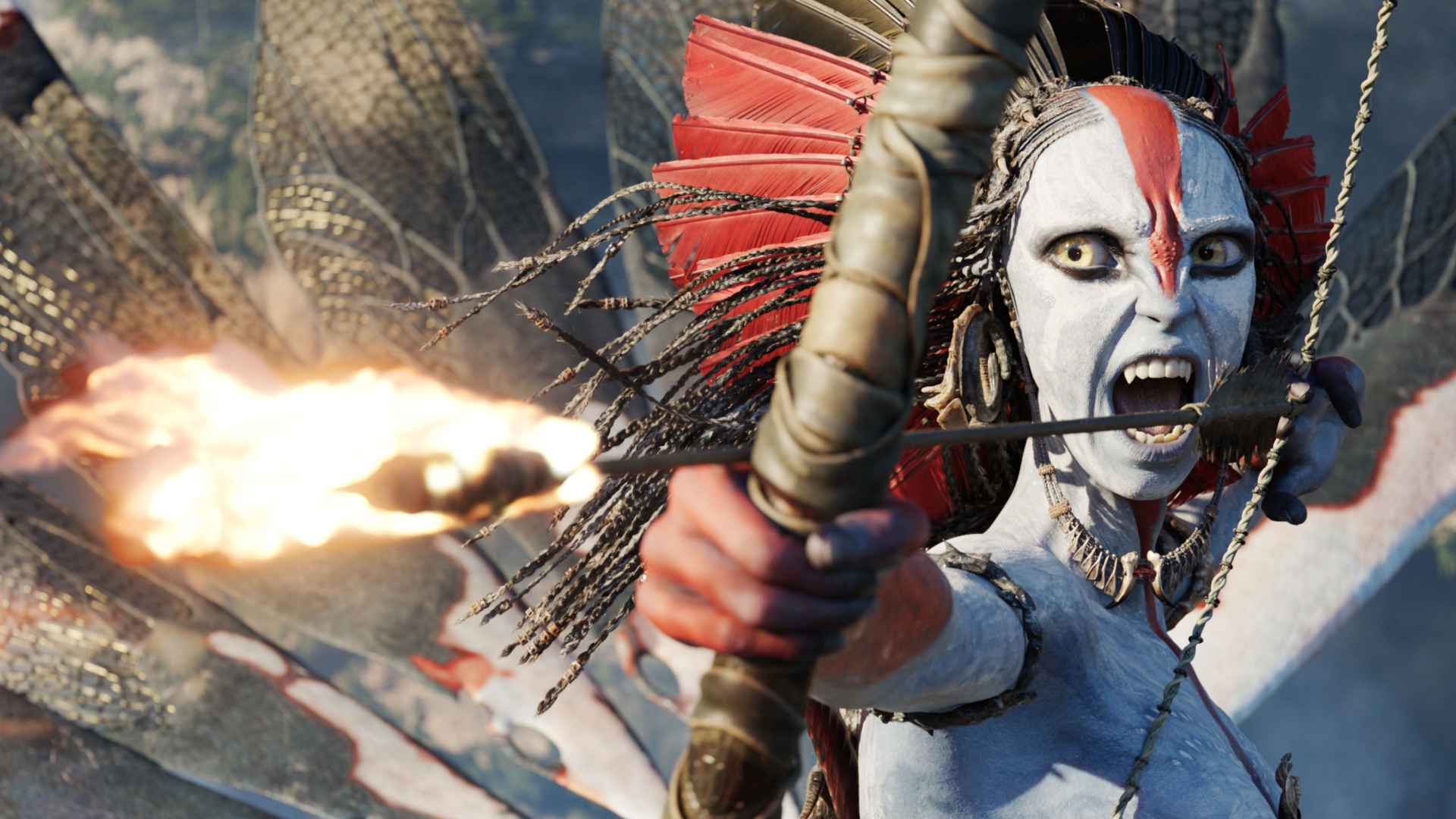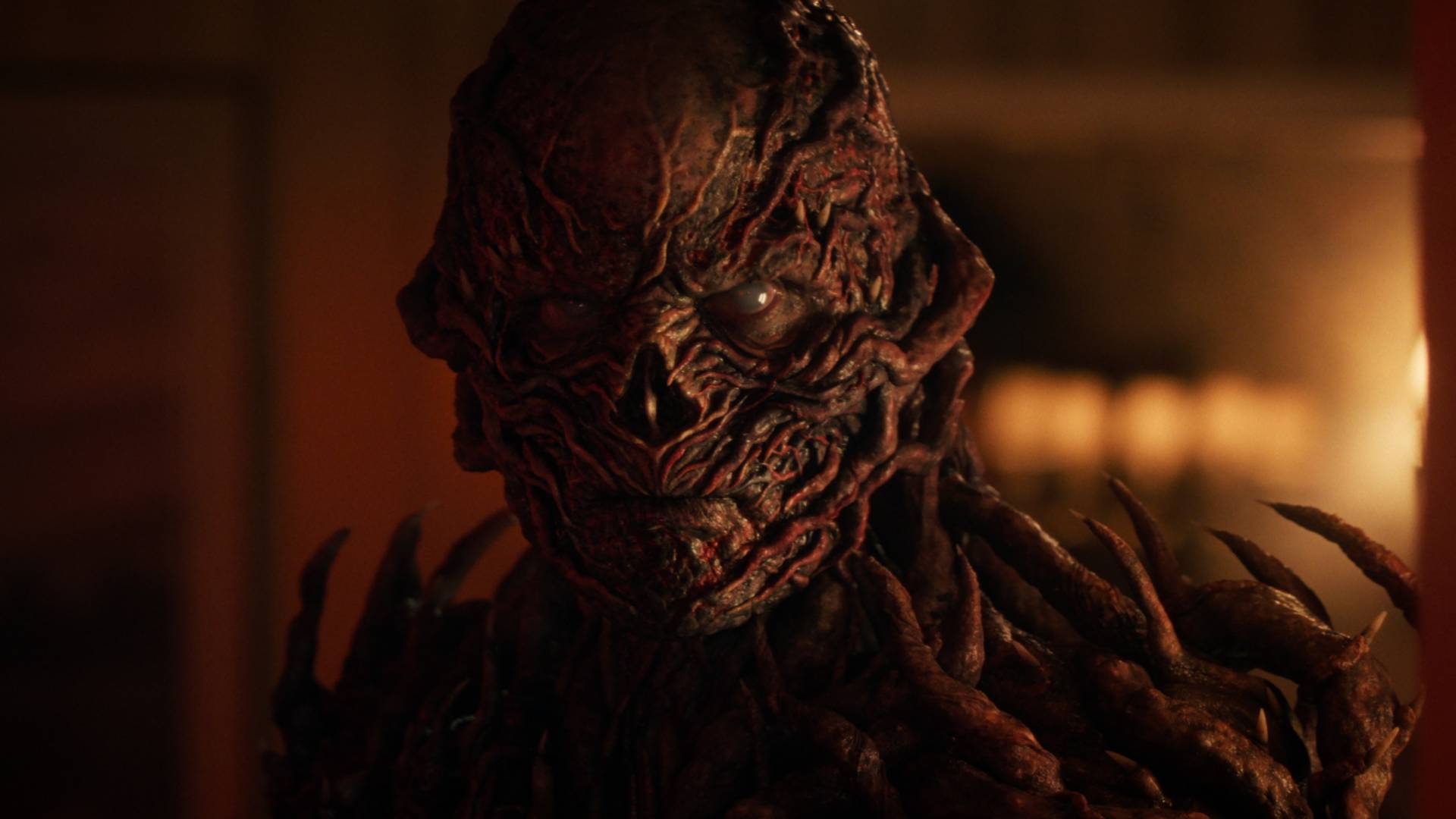70 hours in, Death Stranding 2 is one of few open world games that justifies having such a huge map
Opinion | Death Stranding 2: On the Beach's repetitive delivery missions could drag, but with mastering its open world being the whole point it becomes something special
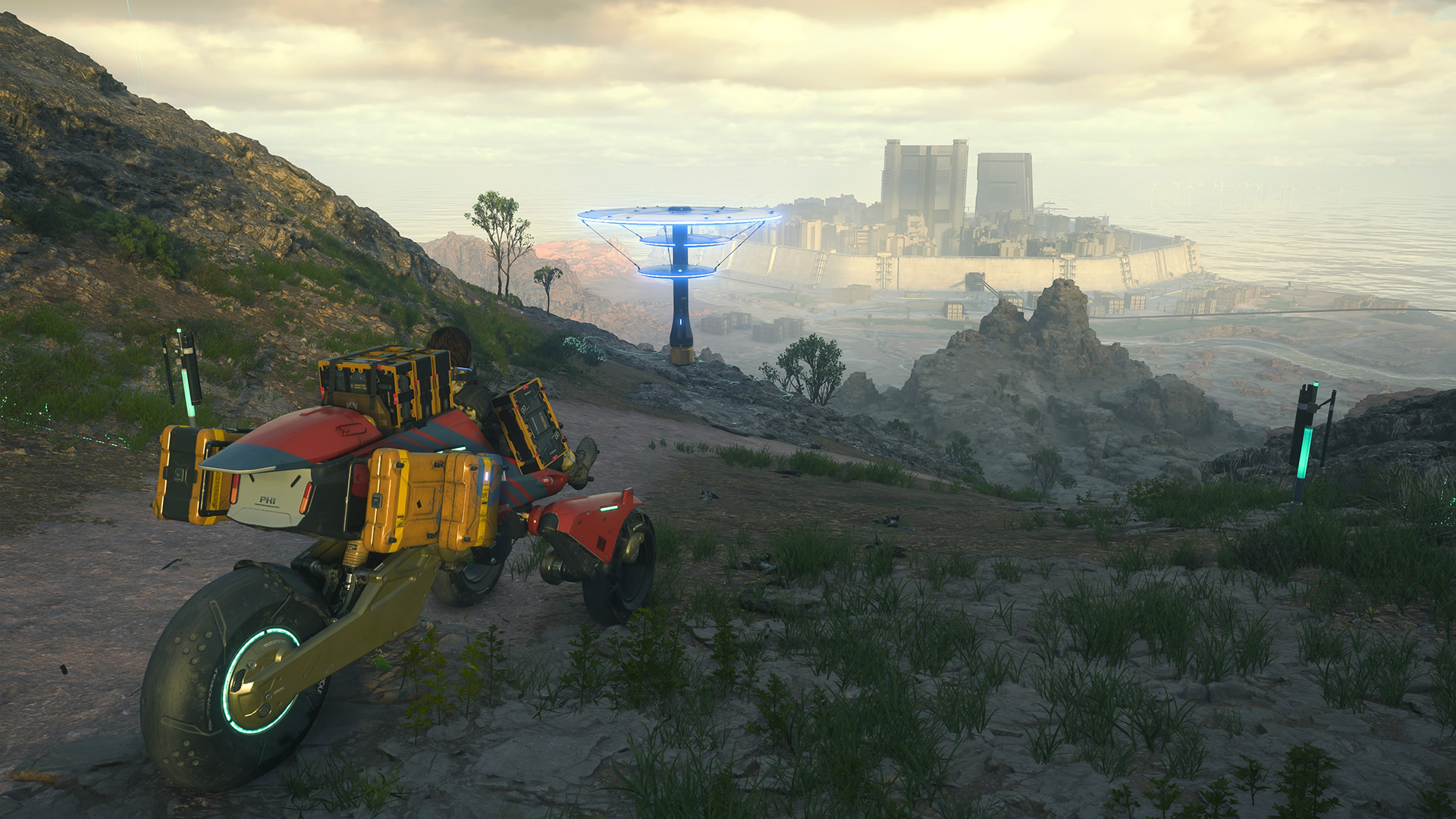
Death Stranding 2: On the Beach's gorgeous open world can be easy to take for granted. After all, where once the prospect of free roaming through a large space was a novelty – like in GTA 3 – open worlds have now become a sort of genre default. It can sometimes feel more surprising for a new blockbuster game to not be an open world. Like many, I can sometimes feel a bit disenchanted with how expected open world games have become. Death Stranding 2 feels like a remedy, becoming one of the best open world games as far as I'm concerned.
We're living in an era where there are more games to play than ever, adding to a huge back catalog of terrific releases it feels like we'll never catch up on – 'open world bloat' can be a very real thing, whether it's repetitive missions, or the sense that moving from one mission point to the next is just filling the time between big moments of action. Admittedly, Death Stranding 2 is definitely in that mold. But because of how it presents it, Death Stranding 2 ends up feeling like one of the few open world games that truly justifies being designed in the way that it is.
It delivers
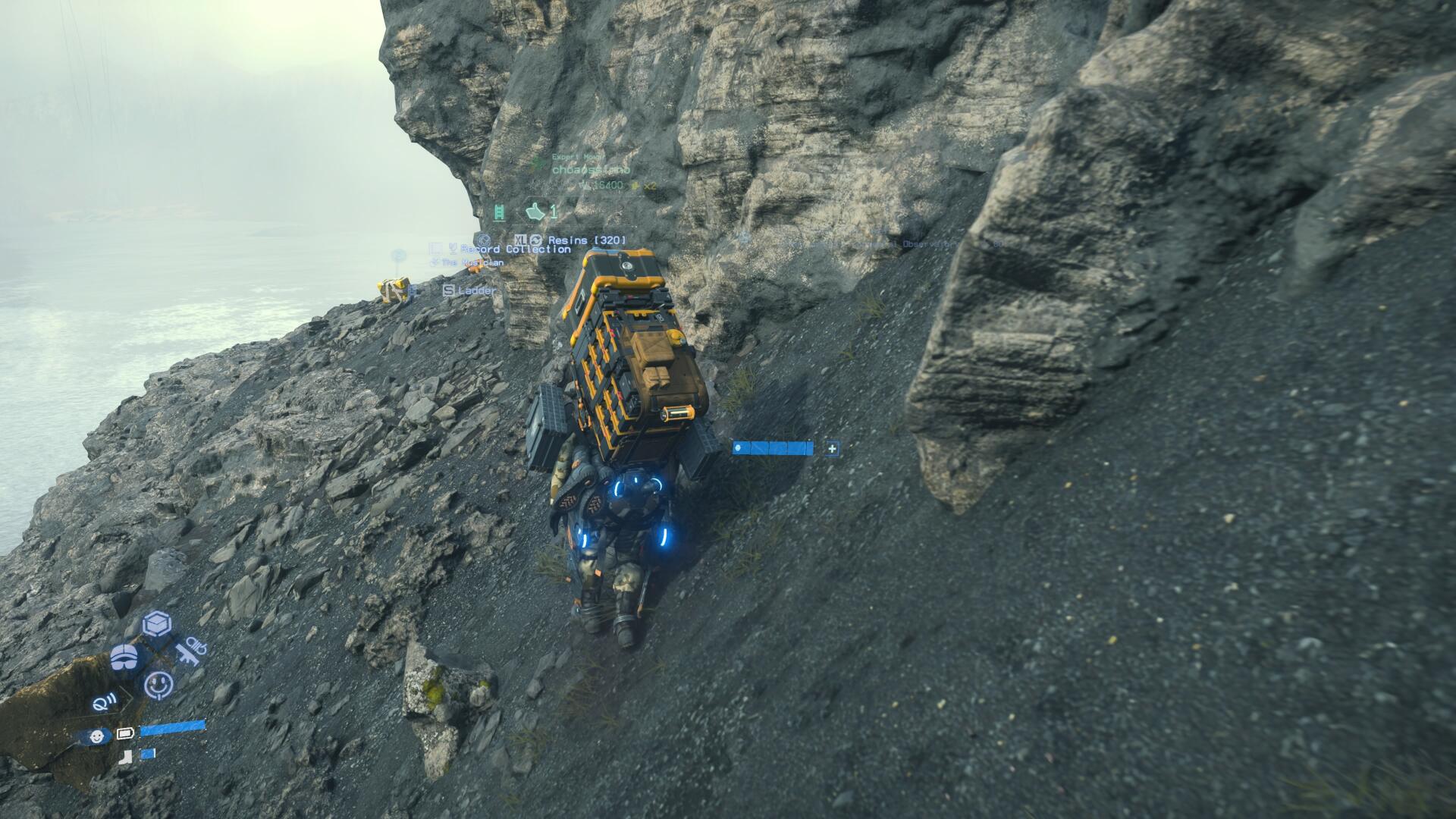
That's because, like it or not, Death Stranding 2's open world design is the whole point. Playing as post-apocalyptic postman Sam Porter Bridges, navigating the hazardous world plagued by the effects of the titular death stranding across heaps of delivery orders is simply what you're the best at. It wouldn't feel the same without having to work for it – directly tackling travel yourself. If I didn't go on about it enough in my Death Stranding 2 review, that's a really great feeling to have in an open world game like this.
Every choice has a knock-on effect, adding up to make it feel like you're forging your own route forwards.
This is a series where almost every step you take and every package you haul has to be considered – it's not just about running from point to point without thinking about it. Do you travel light for speed? But then what happens if it starts raining, the river swells, and you didn't bring a ladder to drop in order to balance your way across? Do you sneak through an enemy camp undetected to get to your delivery destination, take them all out with aggressive knockout rounds, or re-route around it entirely? Every choice has a knock-on effect, adding up to make it feel like you're forging your own route forwards.
Death Stranding 2's map – across both Mexico and Australia – is carefully designed to constantly give you these moments where you have to stop and think, even if just for a second. While the first Death Stranding also made me think in that way across my many hours with it, the sequel constantly makes me stop to appreciate the small bits of design that really feel like Kojima Productions is emphasizing forcing those moments of consideration. From dunes just steep enough to cause your bike to go careening if you take them too fast, to maze-like rocky crags that you have to worm through without turning around on yourself, each bit of the map demands you approach it differently.
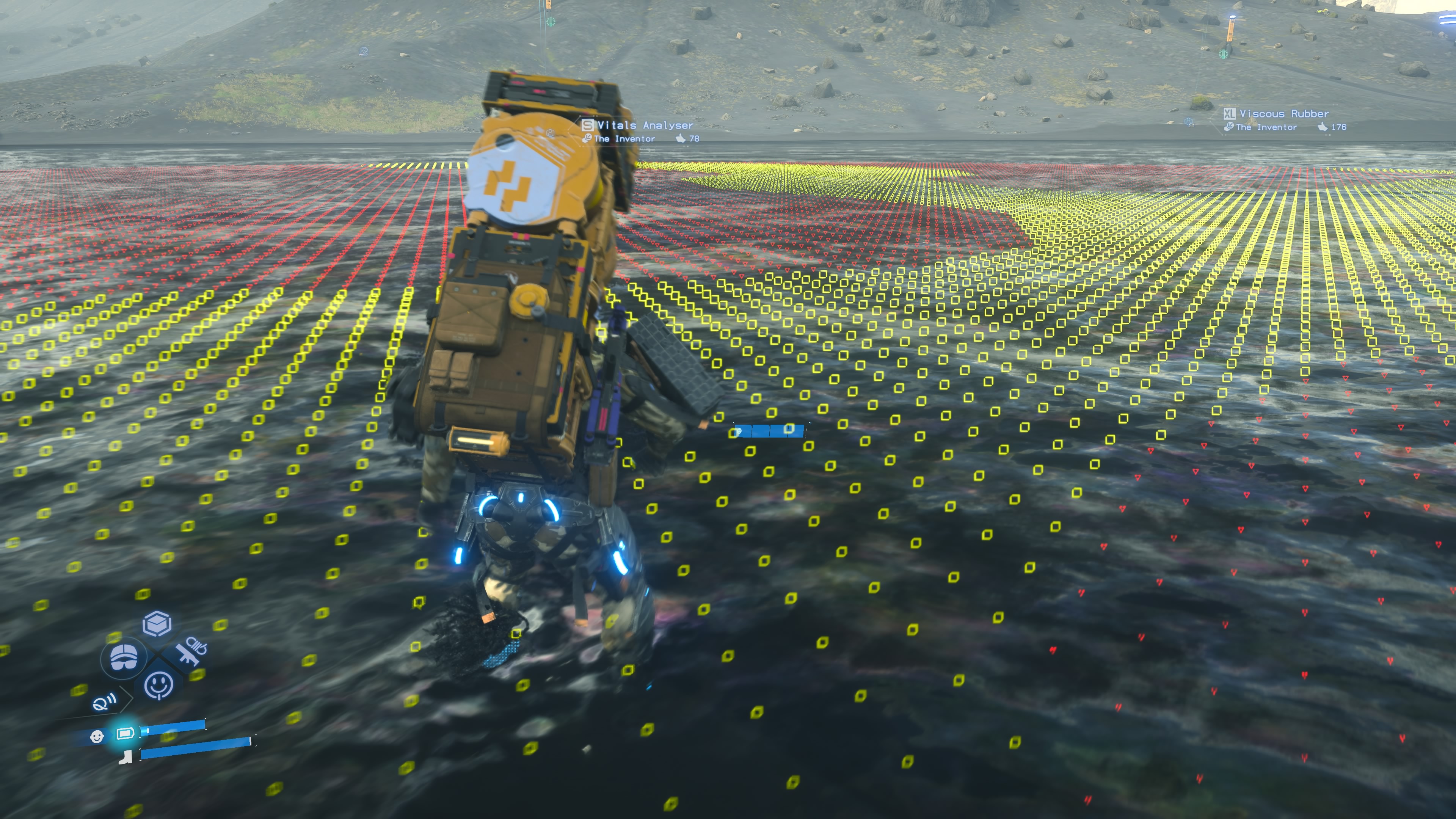
Get cocky and think you can sprint down a steep hill or wobble across stones without balancing properly with the triggers and you will take a tumble. Death Stranding 2 is at its most dangerous whenever I'm feeling myself a bit too much. With that said, the game is filled with ways to reduce the friction of the world – vehicle upgrades reduce the need for trudging about, and sharing structures with other players online like bridges across gaps or ziplines you can ride from point to point can make tough terrain easier to deal with.
Yet, even the ways in which you use these tools to reduce the friction of delivery routes still require engaging with the open world. Whether you're toddling along on your own two feet or riding a truck full of goodies on a restored roadway that carves through the beautiful landscape, you're making a choice – and reaping the rewards of putting the time in alongside other players to assemble those boons of infrastructure.
Weekly digests, tales from the communities you love, and more
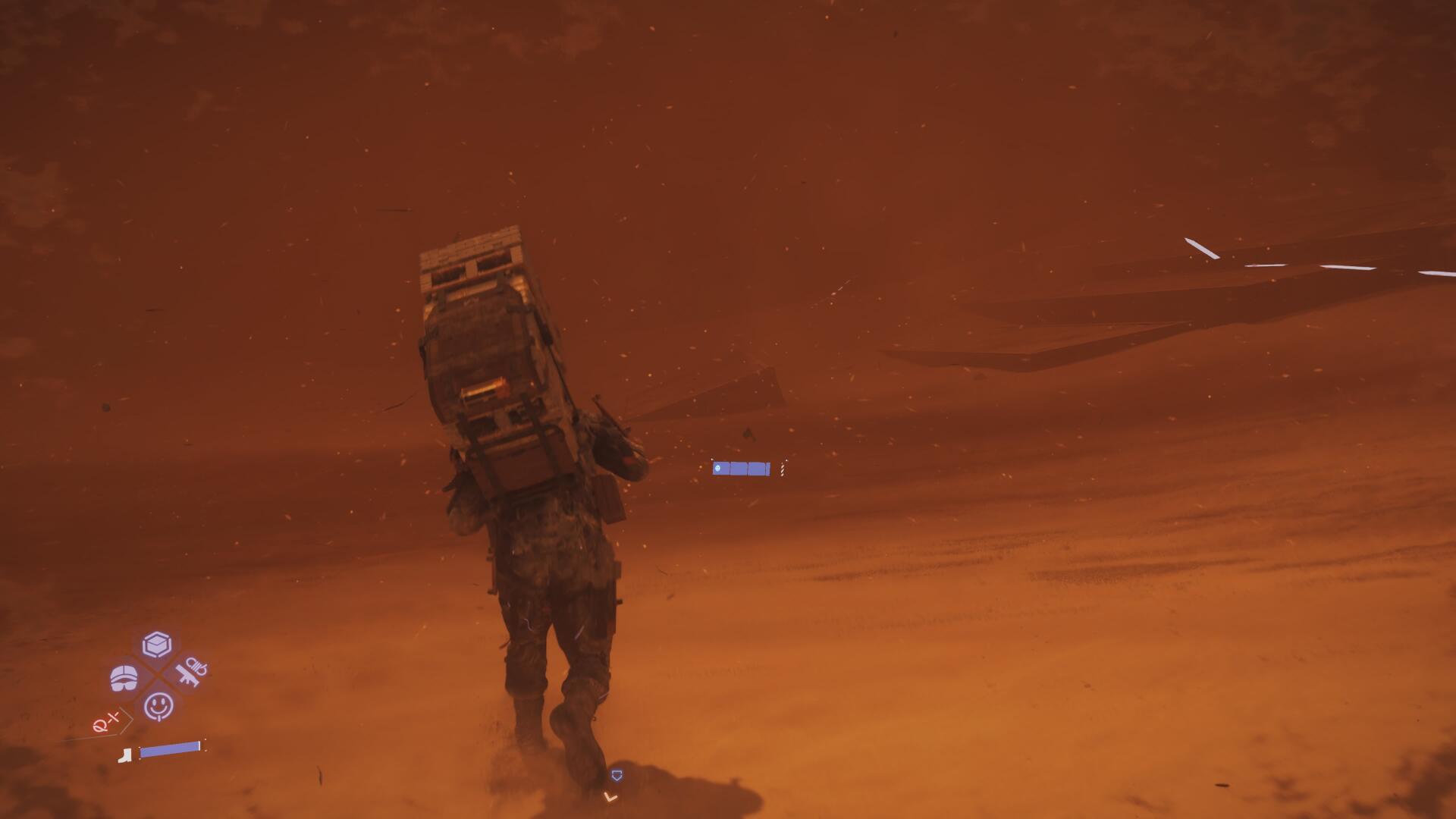
There might be a weird horror tinged sci-fi plot that tasks Sam and his friends to connect Australia to the chiral network, but really I'm spurred along by getting better at each delivery route, learning all the ways each waypoint – be they solo preppers or larger delivery centers – slot together. Hauling cargo back and forth across Australia is all about building mastery of the space.
Back in Mexico, that often boils down to simple small scale decisions like where to plant a climbing anchor to rappel down a cliff. The more comfortable you get – striking out into the huge Australian map – the bigger that feeling of mastery becomes. Soon you've graduated from eyeballing where to ford a river, to weighing up how to tackle a series of inclines on a mountaintop in a roaring blizzard.
The beauty of Death Stranding 2 is how natural that curve is, the evolution happening with you barely realizing it, all coming from repeatedly performing tasks that are always simple on paper – collect and deliver parcels. Like practising guitar every day, or cooking a few meals a week, the act of being entrusted with packages to take across Death Stranding 2's huge and varied environment gives you the sense of genuine learned mastery.
Routing for you
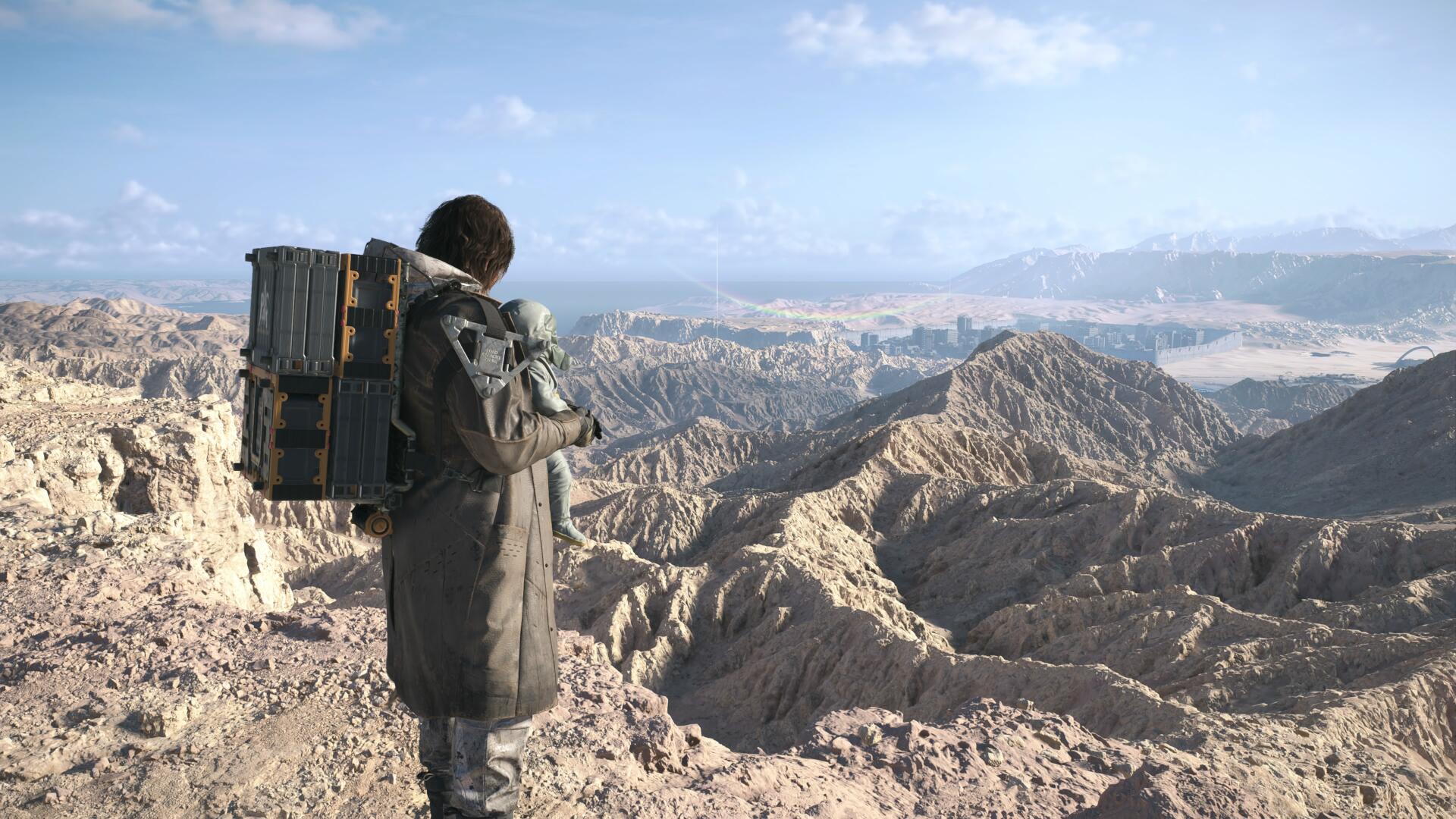
By the end of the game, I'm sprinting across those paths. It's become instinct.
There's even one specific hiking route with particularly steep inclines that you have to tackle three times throughout the story. The first time, I wobble along nervously at the tight route and big falls. But by the end of the game, I'm sprinting across those paths. It's become instinct. Death Stranding 2 makes sure you feel that growth that underscores the fancy new gadgets you collect, rather than having those bonus tools feel like they replace your skill.
It's all part of the satisfaction Death Stranding 2 is able to masterfully build. In any other game the concept of the objectives would sound hellish. Gaming gods forgive me – for as much as I love Grand Theft Auto: Vice City – I truly find the taxi driver missions miserable.
The large majority of open world games I play use their settings as a backdrop, mostly having you trudge around to mission start points before much happens, going brain-off in between. Sometimes that can be chill in its own way, but holding a button to, say, have a horse auto-gallop to a pinned map marker isn't always compelling, or to follow a driving line through a city.
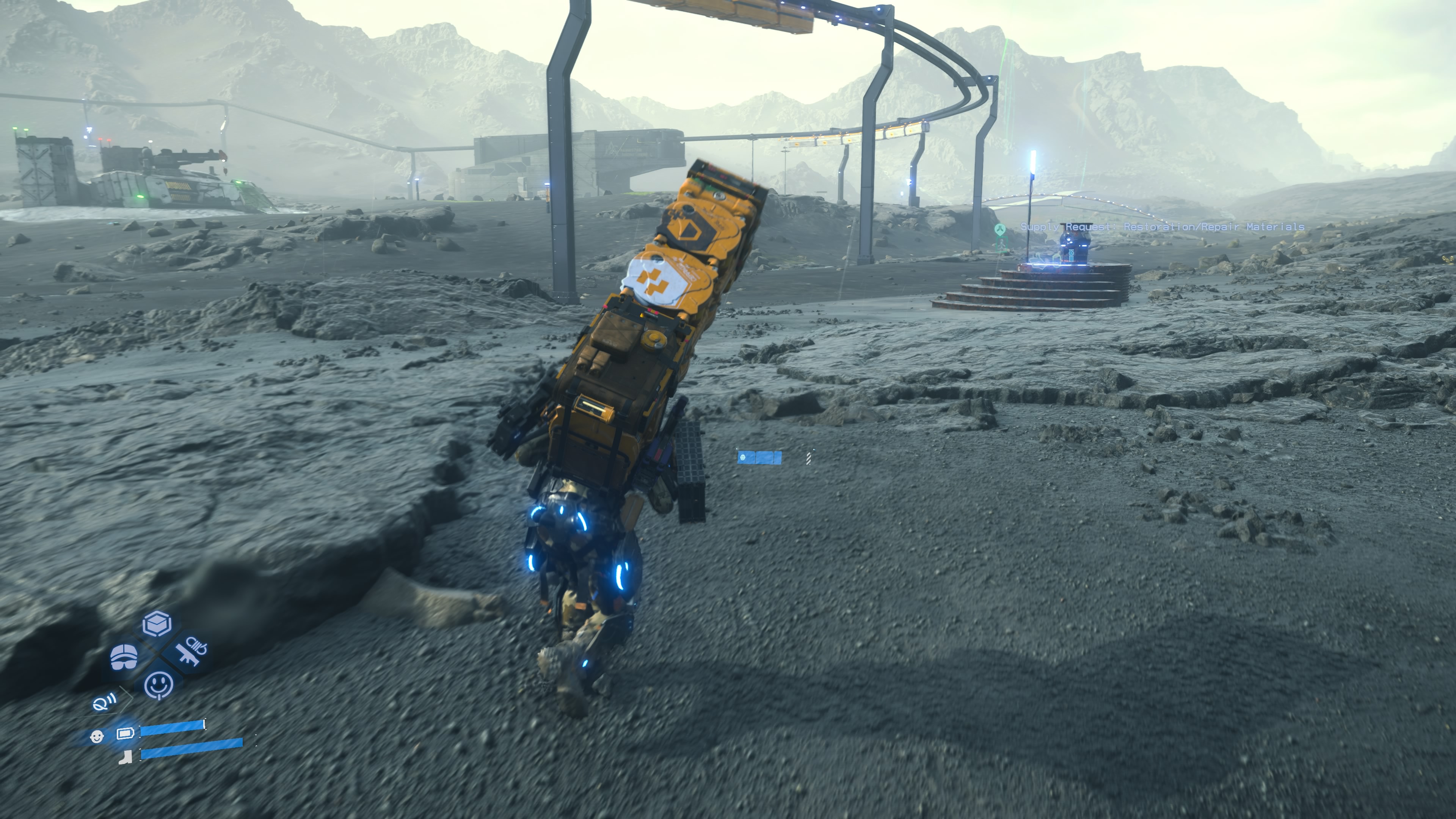
Death Stranding 2, on the other hand, centers so completely on the way you interact with its world and strike out through it that you're always working towards that goal even with no mission selected. Even without building structures, if enough players walk the same route enough times it'll become worn down and easier to traverse – a man-made pathway. It's why Death Stranding 2 has become one of my favorite online games, despite not actively seeing other players.
The open world in Death Stranding 2 works so well because it embraces everything about it, the carefully arranged challenges bringing moments of tricky annoyance while also empowering you to rise up to meet it. I don't think I've ever come to know an open world so well, and to feel so confident and experienced in how I traverse it. For a medium full of digital worlds, that's something special.
Want to set out to master this open world yourself? We've got some Death Stranding 2 tips that may help. Already in the endgame? Maybe our Death Stranding 2 ending explained guide will help you get your thoughts in order.

Games Editor Oscar Taylor-Kent brings his years of Official PlayStation Magazine and PLAY knowledge to the fore. A noted PS Vita apologist, he's also written for Edge, PC Gamer, SFX, Official Xbox Magazine, Kotaku, Waypoint, and more. When not dishing out deadly combos in Ninja Gaiden 4, he's a fan of platformers, RPGs, mysteries, and narrative games. A lover of retro games as well, he's always up for a quick evening speed through Sonic 3 & Knuckles or yet another Jakathon through Naughty Dog's PS2 masterpieces.
You must confirm your public display name before commenting
Please logout and then login again, you will then be prompted to enter your display name.
